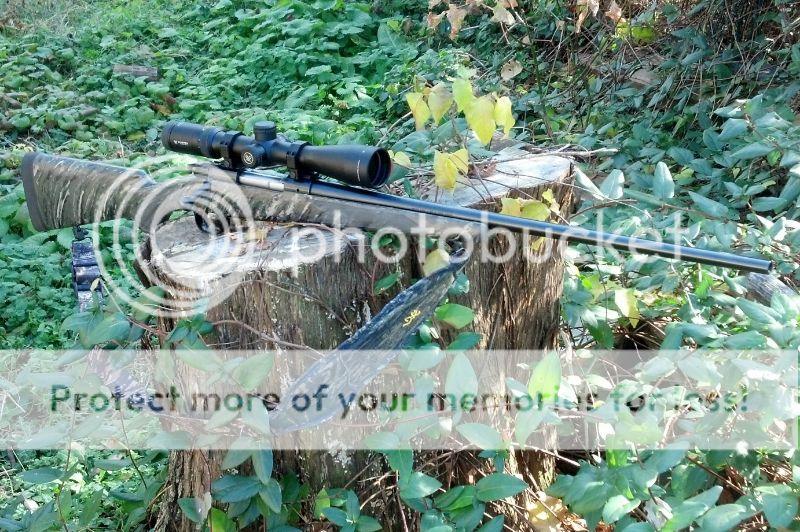HARPERC
Well-Known Member
The subject of Loctite appeared in another thread, and I'm curious as to more experienced users experience.
Recently the ATACR on my .338 RUM worked loose. My new F1 had arrived and was changing anyway, being kind of a menace with tools I went to the smith that had installed it to begin with. Disassembly indicated 4 loose base screws, 2 bent, and 2 loose ring screws (six hole Nightforce). Everything had been properly torqued, and Loctite applied.
It's a heavy scope, rides on the front of an ATV, and has been exposed to fairly wide range of temperatures.
One of the smiths thoughts was a component of the issue was the loc tite he applied not properly "setting up".
I found some discussion on the net, but nothing specific to firearms.
Any thought/experiences?
Recently the ATACR on my .338 RUM worked loose. My new F1 had arrived and was changing anyway, being kind of a menace with tools I went to the smith that had installed it to begin with. Disassembly indicated 4 loose base screws, 2 bent, and 2 loose ring screws (six hole Nightforce). Everything had been properly torqued, and Loctite applied.
It's a heavy scope, rides on the front of an ATV, and has been exposed to fairly wide range of temperatures.
One of the smiths thoughts was a component of the issue was the loc tite he applied not properly "setting up".
I found some discussion on the net, but nothing specific to firearms.
Any thought/experiences?

